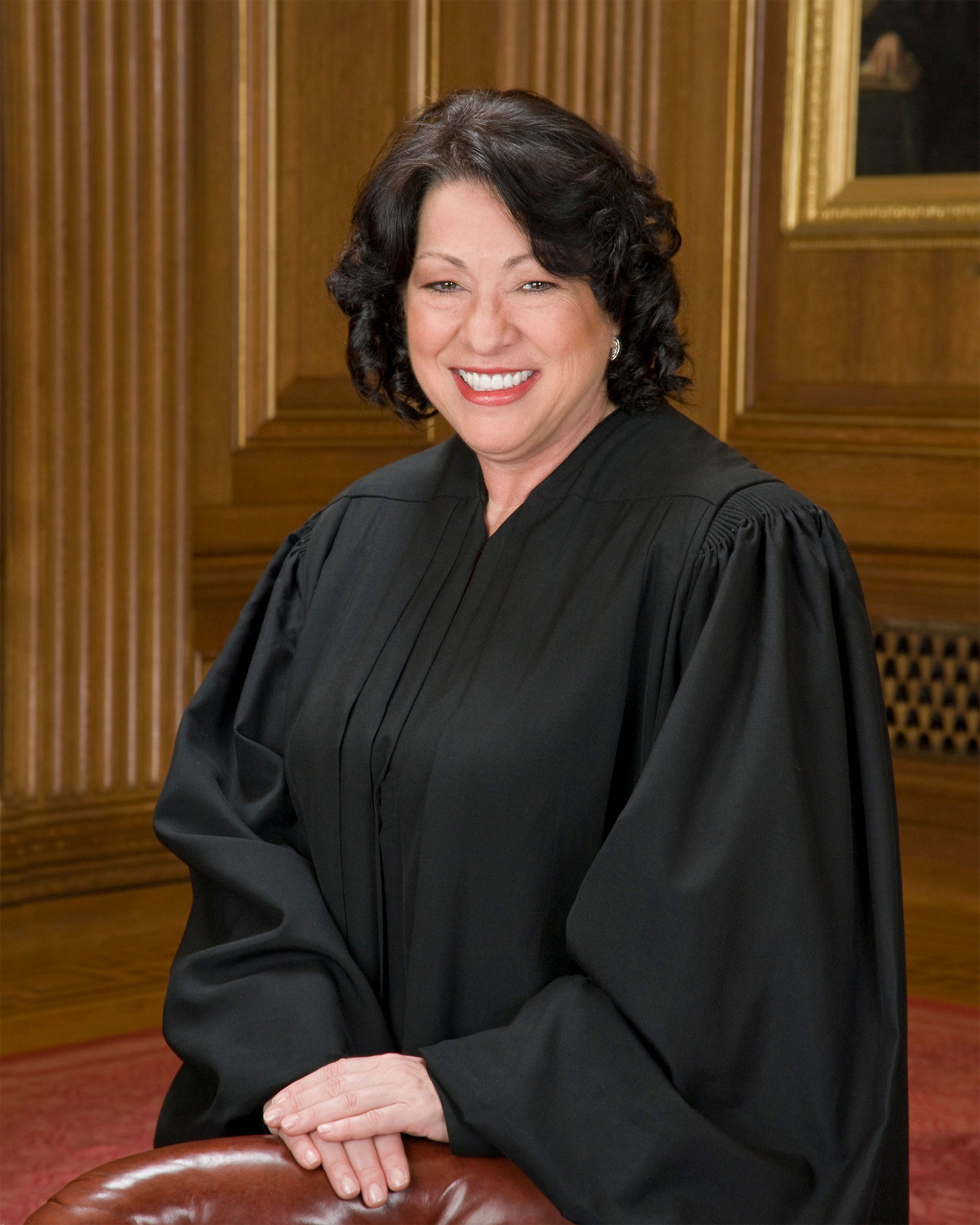
January 18, 2021
Kamala Harris, the nation’s first female vice president and the first Black and South Asian person to be elected to the second-highest office in the land, will be sworn in on Wednesday by Supreme Court Justice Sonia Sotomayor.
Sotomayor, the first Latina to be appointed to the Supreme Court and one of three women currently on the court, will be using a Bible once owned by the late Thurgood Marshall, the first Black Supreme Court justice and a towering Civil Rights figure in the 1950s and ’60s.
Sotomayor will also use a Bible that once belonged to Regina Shelton, a longtime friend of the Harris family and someone whom the vice president-elect has referred to as a second mother to her and her sister, Maya. The two young girls would often visit Shelton’s house after school while their mother, the late Shyamala Gopalan, was still at work as a breast cancer researcher at UC Berkeley.
“In office and into the fight, I carry Mrs. Shelton with me always,” Harris wrote in a 2019 essay for Bustle. “Mrs. Shelton would bring her Bible to church every Sunday. Sitting alongside her, I was introduced to the teachings of that Bible. My earliest memories were of a loving God, a God who asked us to ‘speak up for those who cannot speak for themselves’ and to ‘defend the rights of the poor and needy.’ This is where I learned that ‘faith’ is a verb, something we must live and demonstrate through our actions.”
Harris used Shelton’s Bible to take the oath of office when she was sworn in as attorney general of California and later as a United States senator from that state.
And the significance of the Marshall Bible might be traced to the justice’s influence on Harris’s career in law. The vice president-elect said in a video posted to Twitter in July that “Thurgood Marshall and the work that he did is … really one of the main reasons I wanted to be a lawyer. Thurgood was a fighter, he was a boxer in the courtroom.” (Marshall is also a graduate of Howard University, Harris’s alma mater.)
Harris has also cited Sotomayor, a fellow former prosecutor, as an inspiration. “Judge Sonia Sotomayor has fought for the voices of the people ever since her first case voting against corporations in Citizens United,” Harris wrote on Twitter in 2019. “As a critical voice on the bench, she’s showing all our children what’s possible.”
In a recent interview with NPR, Harris reflected on the moment that she’ll take the oath of office as vice president. “I will be thinking about my mother, who’s looking down from heaven,” she said. “I will be thinking of all the people who are counting on us to lead.”
The news that Sotomayor would have a role in Wednesday’s inaugural ceremony came at the end of a week when the Supreme Court justice made some news of her own: Sotomayor sharply criticized the Court for enabling the Trump administration to go on a killing spree—rushing to execute more than a dozen inmates on Death Row—in the final months of Trump’s presidency.
On Friday night, by a 6-3 vote, the Supreme Court cleared the way for the immediate execution of Dustin Higgs, convicted in the 1996 murders of three women in Maryland, the third federal inmate to the be put to death in the past week and the 13th in the past six months. Previously, the last federal execution had taken place nearly two decades ago.
In her dissent, Sotomayor did not hide her disgust at the Court’s recent rulings, deliberately naming each person put to death at the urging of the Trump administration:
“After seventeen years without a single federal execution, the Government has executed twelve people since July,” wrote Sotomayor, who was joined in her opposition by Justices Stephen Breyer and Elena Kagan. “They are Daniel Lee, Wesley Purkey, Dustin Honken, Lezmond Mitchell, Keith Nelson, William LeCroy Jr., Christopher Vialva, Orlando Hall, Brandon Bernard, Alfred Bourgeois, Lisa Montgomery, and, just last night, Corey Johnson. Today, Dustin Higgs will become the thirteenth. To put that in historical context, the Federal Government will have executed more than three times as many people in the last six months than it had in the previous six decades.” (Higgs, 48, was given a lethal injection and was pronounced dead at 1:23 a.m. on Saturday morning.)
“Throughout this expedited spree of executions,” Sotomayor added, “this Court has consistently rejected inmates’ credible claims for relief” and instead has “repeatedly sidestepped its usual deliberative processes, often at the Government’s request, allowing it to push forward with an unprecedented, breakneck timetable of executions.”
She continued: “This is not justice. After waiting almost two decades to resume federal executions, the Government should have proceeded with some measure of restraint to ensure it did so lawfully. When it did not, this Court should have. It has not. Because the Court continues this pattern today, I dissent.”
Sotomayor’s blunt dissent drew praise on social media over the weekend, including from the nun whose whose work on behalf of Death Row inmates inspired the Oscar-winning movie Dead Man Walking.
Opposition to the death penalty has been one of the consistent narratives of Sotomayor’s time on the Supreme Court, as she is often the only justice to even note that the Court has allowed an execution to go forward, pointing out shortcomings in the trials the inmates had received and the randomness in the way the death penalty can be applied. “She’s bearing witness,” Douglas A. Berman, a law professor at Ohio State University, told The New York Times in 2019.
Article originally by VOGUE By STUART EMMRICH
Share This Article
